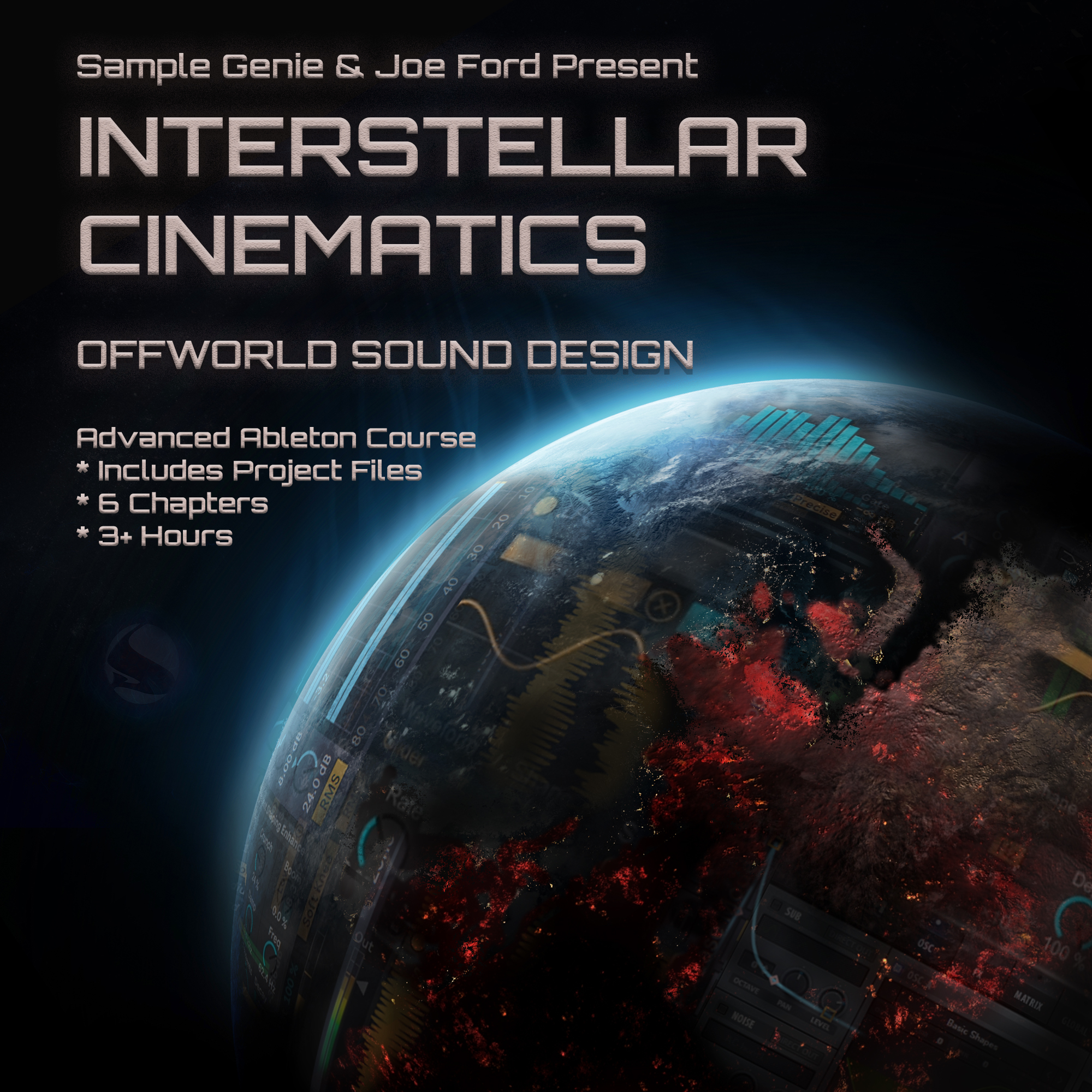Mixing percussion and cymbals (hi-hats, ride, etc)
- This topic has 6 replies, 6 voices, and was last updated 6 years, 2 months ago by ,
 DAVID.
DAVID.
-
AuthorPosts
-
-
2018-04-24 at 21:54:06 #41821,
Mircea
ParticipantAre you guys following a specific process for getting that cohesive sounding cymbal and percussion mix? I’ve tried literally everything that is in the limits of my knowledge to get that perfect gel between the drums and the percussion, cymbals.
When I listen to reference tracks, it’s almost like they, the percussion and cymbals, are white noise, but with subtle transients in them. When I listen to my mix downs, I always get a very harsh and standard sample sound from my drums. I would love it if more people would promote tips related to drums in contemporary dance music.
Some reference:
https://soundcloud.com/dj-blade/tango-revelations-blade-2018-reboot
Even a layer deconstruction on how these tracks have their drums set up would help. For example:
Track 1:
1. Shaker family instrument, rhythm (played pattern)
2. Cymbal family instrument, rhythm (played pattern)
3. Break overdub (break name)I also think there are some things missing from this picture, things such as how would you give your instruments a common feature, such a bias towards a timber.
I think this is where distorsion and saturation, as subjects, come in, but I have no idea how and where to start searching. I’ve bought and seen countless tutorials related to professional mixing, they all failed to provide the same touch that drum and bass producers managed to create.
-
2018-04-25 at 16:52:11 #41830,
 Mind ZeroParticipant
Mind ZeroParticipantWith good arrangement, EQ, compression, stereo location and controlling the envelope of the samples you should achieve a nice mix in percussion.
I’d also recommend you to carefully choose the samples you are going to use. -
2018-04-25 at 20:52:24 #41836,
 Target AudienceParticipant
Target AudienceParticipantIn my opinion it’s the layered breaks that help glue together your one shot cymbals that are like the transients for your percussion. As Mind Zero mentioned also then EQ, compression and good samples are important as well as mixing techniques. But one of the hardest part is training your ears to recognize what sounds good and what not.
Not saying that Im a master in mixing but that’s just as far as my opinion goes 🙂
-
2018-04-25 at 22:44:13 #41840,
 shrikeParticipant
shrikeParticipantIf you haven’t checked out Disprove’s drum distortion class, you may want to. It may help answer some of your questions, at least from the perspective of one producer (albeit a mad genius one).
Ultimately, since it is music and therefore art, there is no objective right answer to any of it, but there is “better” & “worse”, at least in the collective opinion. That is to say that there is no substitute for time in chair, listening, creating, analyzing, comparing, rinse + repeat.
There isn’t an artist out there that I want to sound exactly like. I want *my* music to come out. Which means I get the advice and opinions of those whose sound I respect, but ultimately it has to go into the mad science lab and I have to make what is in me. And it also means failing. A lot. To try and find something somewhat unique to me, that also fits into the larger aesthetic/vibe. Break your shit, within reason, and go with what you like. These amazing sounds we are hearing are often rooted in someone misusing/abusing some tool to their own ends. That is what is great about the Disprove video- he pushes and pushes, and to me it’s more about the mindset when creating, and not so much about the exact plugins & methods he uses.
My 2c
_-| get to work |-_
-
2018-04-25 at 22:48:27 #41841,
 shrikeParticipant
shrikeParticipantAnd I agree 100% with Mind Zero, more and more, every day. A handful of well-selected sounds will always trump heaps of loops and breaks n shit. Then make the sounds fit in their own space. At ~174bpm, everything has to sit well in its own space, and there isn’t a lot of room for slop.
Sound selection and arrangement are arguably more important than any eq, compression, saturation, etc. If you don’t get those first two right, all of those later bits aren’t going to save you.
_-| get to work |-_
-
2018-04-30 at 10:45:52 #42012,
 GENIE HQKeymaster
GENIE HQKeymasterGreat question and great answers and tips – good work!
One thing that might be worth adding on is pitch.
In that although often topped with lots of un-harmonic partials / overtones; something like a ride still has a fundamental pitch to it based on its diameter. If you create a really tight parametric curve +12db and sweep around, you might find the ‘note’ of the sound. Making this either in tune (unison) or musically relative to any snare harmonics and also other music in the track is worth looking at…
– Also subtle sidechain with your kicks and snares can bring a groove to life. -
2018-05-02 at 22:02:35 #43235,
 DAVIDParticipant
DAVIDParticipantIt is a tricky one to get the balance right, between ensuring the drums are bright but not harsh. I find that playing around with pitch and using an envelope shaper to (in most cases) reduce the tails of rides, hihat and top loops, can help a lot.
-
-
AuthorPosts
- You must be logged in to reply to this topic.


